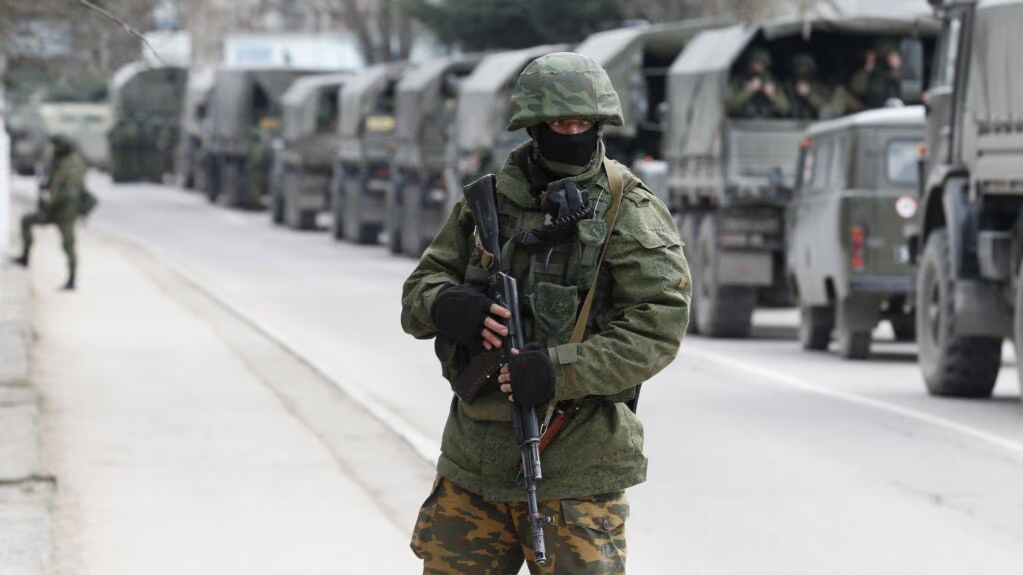Donald Trump's promise to end the war in Ukraine "in one day" has remained just that—a promise. His first 100 days as U.S. president, which conclude next week, have not brought even a temporary ceasefire—let alone a comprehensive peace agreement. Moreover, as Vice President J.D. Vance stated on April 23, the White House is preparing to simply "exit the process," which has turned out to be just as complex as most observers had predicted—except, perhaps, for Trump and his inner circle.
According to leaks reported by European and American media, the Trump administration presented a draft agreement to its European allies that effectively rewards Russian aggression: recognition of the annexation of Crimea, Ukraine’s renunciation of NATO membership, and the lifting of sanctions imposed after the 2014 and 2022 invasions. In return, the U.S. offers Kyiv no security guarantees—neither directly nor in support of European initiatives. Even the proposed lifting of sanctions is not conditional on future Russian behavior. All that Ukraine would receive is a ceasefire along the current front line—if Vladimir Putin keeps his word.
The plan does not fulfill all of the Kremlin’s demands. According to the leaks, the draft does not include recognition of Russia’s 2022 annexation of four southeastern Ukrainian regions. Nor does it contain any commitment to reduce the size of Ukraine’s armed forces—another condition reportedly insisted upon by Moscow.
Yet neither side has endorsed the initiative. Volodymyr Zelensky has once again stated that Ukraine will never recognize Russian control over Crimea. While the U.S., based on available information, did not formally insist on such recognition, Donald Trump called Zelensky’s remarks "provocative." For its part, the Kremlin has not agreed to the plan either—U.S. envoy Steve Witkoff is expected to visit Moscow soon to try to secure Putin’s backing. Europe remains silent: no country has spoken in favor of the proposal, but none have openly criticized the U.S. initiative either. On the one hand, European leaders are reluctant to take actions that might weaken Kyiv’s position. On the other—bold moves without U.S. coordination, or in opposition to Washington’s stance, appear too risky.
The key question now is what will follow this silence. If Trump truly decides to "step out of the process," as some of his allies suggest, it could mean not only halting arms deliveries to Ukraine but also unilaterally lifting sanctions on Russia. Just how far the U.S. president is willing to go in pursuit of his own version of "peace" appears to be unclear—even to those closest to him.
Unpeace

The Crimea Deal: How the Bloodless Annexation of 2014 Paved the Way for New Concessions to Moscow
As Kyiv Holds the Front, the West Debates Whom to Blame and Where to Cut Costs

The U.S. Shuts Down Programs Investigating Russia’s Crimes in Ukraine
Military Atrocity Initiative Closed, Data on Child Deportations Frozen, Cooperation with The Hague Halted

Managed Chaos in the Black Sea
How Russia Is Using the Blockade of Ukrainian Ports as a Political Bargaining Chip

